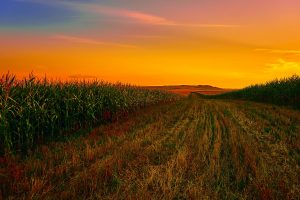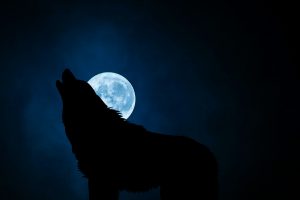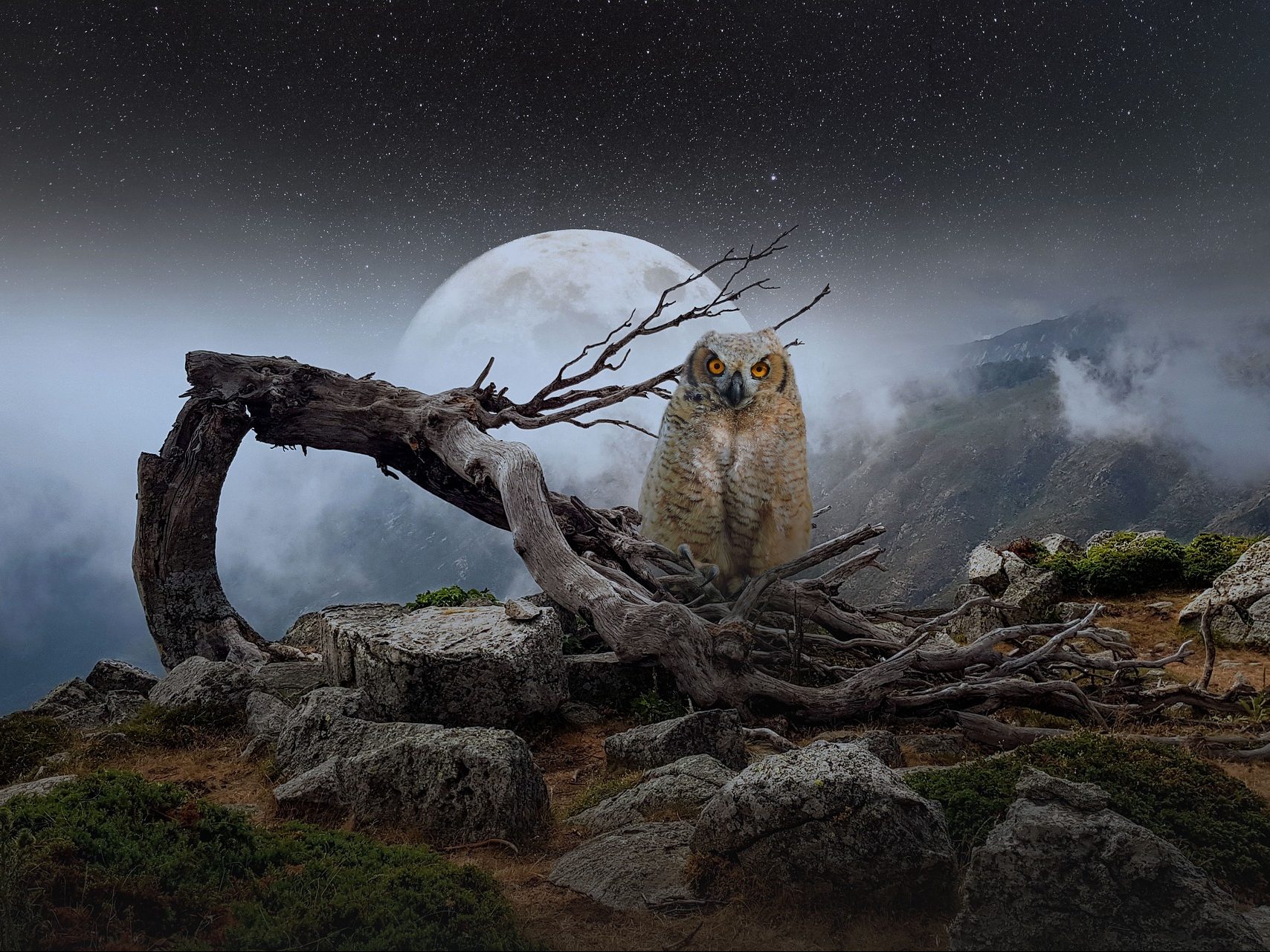|
Getting your Trinity Audio player ready...
|
 Knowing the lunar cycle is a tool farmers and gardeners alike use when planning their planting. The Old Farmer’s Almanac is a wonderful reference for them to follow. Interestingly, each month’s full Moon has at least one name.
Knowing the lunar cycle is a tool farmers and gardeners alike use when planning their planting. The Old Farmer’s Almanac is a wonderful reference for them to follow. Interestingly, each month’s full Moon has at least one name.
Some might ask if it is lunacy, foolishness, or eccentricity. Perhaps. Perhaps not, since people are intrigued by the night sky. “In ancient times, people across Europe and Native Americans used the Moon to track the seasons.”
Historically, full Moon names were used to track the seasons and, for this reason, often relate closely to nature. The Moon names that we use today stem from Native American and Colonial-era sources. Traditionally, each full Moon name was applied to the entire lunar month in which it occurred, rather than just the Moon itself,” according to The Old Farmer’s Almanac.
Included is the nickname for each month’s full Moon, which is based on the time of year and the folklore of the season; beginning with February’s.
February: Snow Moon
The Moon that will grace the heavens in February is dubbed the Full Snow Moon since it rises in the month that is on average the snowiest in the Northern Hemisphere. It rises on Saturday, Feb. 8, 2020, and peaks in the early hours of Sunday; 2:34 a.m. EST. See the link in the “sources” below for the Moonrise and Moonset Calculator to determine specific times using a zip code.
The Almanac states:
For the best view of this Moon, look for it on Saturday; it will rise in the east and reach its highest point in the sky around midnight.
Other names for the Full Snow Moon:
- The “Shoulder to Shoulder Around the Fire Moon” from the Wishram in the Pacific Northwest
- The “No Snow in the Trails Moon” from the Zuni in the Southwest
- The “Bone Moon” from the Cherokee in the Southeast. According to the folklore, this full moon’s name indicated there was so little food that they chewed on bones and ate bone marrow soup.
March: Worm Moon
March’s Moon’s name is the funniest and almost the most logical. The Full Worm Moon carries that moniker since the ground is beginning to warm causing the earthworm casts to reappear. Where there are worms, there are birds. This Moon truly marks the earliest beginnings of Spring.
One of the alternative names for this month is the Full Sap Moon. This is when sugarmakers tap maple trees to collect the delicious sap.
 April: Pink Moon
April: Pink Moon
April’s Moon is named for the appearance of the massed groundcover creeping phlox or the moss pink. The full Pink Moon shines over the blues, purples, pinks, and whites of one of the first spring flowers.
Sprouting Moon, Egg Moon, and Fish Moon are other nicknames used in April.
May: Flower Moon
The rhyme, April showers bring May flowers explains this Moon’s name. Spring is in full force as flowers pop up everywhere bringing honey bees and other pollinators, sweet fragrance, and most of all joyous colors.
Other nicknames for the May moon are the Corn Planting and the Milk Moons.
June: Strawberry Moon
Wild strawberries, ripe for the gathering were harvested in the Colonial region of the United States. For this reason, the Native American name for June’s Moon is the Full Strawberry Moon.
June’s full Moon has also been called the Rose Moon and the Hot Moon.
July: Buck Moon
The title for this month coincides with a buck’s antlers being in full growth mode. Most whitetail deer bucks’ antlers begin to grow mid-March and reach their full growth in early-August.
Another name for July’s full moon is the Thunder Moon because afternoon and evening thunderstorms are so common during this month.
August: Sturgeon Moon
August’s Full Sturgeon Moon is named for the abundance of sturgeon caught in the Great Lakes and Lake Champlain.
“Various Native American peoples knew the full moon of August as the Full Green Corn Moon because it occurred as the corn in their fields was fully grown but not yet ready for harvest,” according to PennLive. Another name they used was Full Grain Moon since the grain harvesting began during this month.
 September: Corn Moon
September: Corn Moon
The full Moon in September and the corn harvest coincide thus the label of the Full Corn Moon. Interestingly, the same Moon is also called the Barley Moon since this is the time the ripened barley is harvested and threshed.
“Technically, the Harvest Moon is the Full Moon closest to the September equinox around September 22. Most years it is in September, but around every three years, it is in October. The Harvest Moon is the only Full Moon name that is determined by the equinox rather than a month,” timeanddate.
October: Hunter’s Moon
October’s full moon is called the Full Hunter’s Moon because this is the time of the year when for building the winter food stores. Along with the leaves and temperatures drop the game is fattened which makes this a great hunting moon.
Dying Moon and Travel Moon are other nicknames used for the October Moon.
November: Beaver Moon
“For both the colonists and local tribes, this was the time to set beaver traps before the swamps froze, to ensure a supply of warm winter furs,” according to The Old Farmer’s Almanac.
Another name is the Frost Moon because November is generally the time the first snowfall and frost begins to fall.
 December: Cold Moon
December: Cold Moon
Winter hits hard in December, it signals the time to hunker down protected from winter’s cold, hence the label, the Full Cold Moon. Another equally appropriate name is the Long Nights Moon since the days are long after the Winter Solstice.
January: Wolf Moon
January’s full Moon is called the Wolf Moon. For some reason, wolves tended to howl during January. Perhaps the wolves were calling to one another to create large hunting parties.
The Wolf Moon was also referred to as the Cold or Spirit Moons.
“And hand in hand, on the edge of the sand, they danced by the light of the Moon.” – Edward Lear, English Poet (1812-88).
Written by Cathy Milne-Ware
Sources:
The Old Farmer’s Almanac: FULL MOON FOR FEBRUARY 2020; WATCH FOR THE FULL SNOW MOON ON FEBRUARY 9!
The Old Farmer’s Almanac: MOONRISE AND MOONSET CALCULATOR (www.almanac.com/astronomy/moon-rise-and-set)
The Old Farmer’s Almanac: Native American and other traditional names for full Moons
PennLive: Full Green Corn Moon will shine this week
Time and Date: Traditional Full Moon Names
Featured Image Courtesy of mollyroselle’s Pixabay Page – Creative Commons License
First Inset Image Courtesy of Walkersk’s Pixabay Page – Creative Commons License
Second Inset Image Courtesy of mohamed_hassan’s Pixabay Page – Creative Commons License



